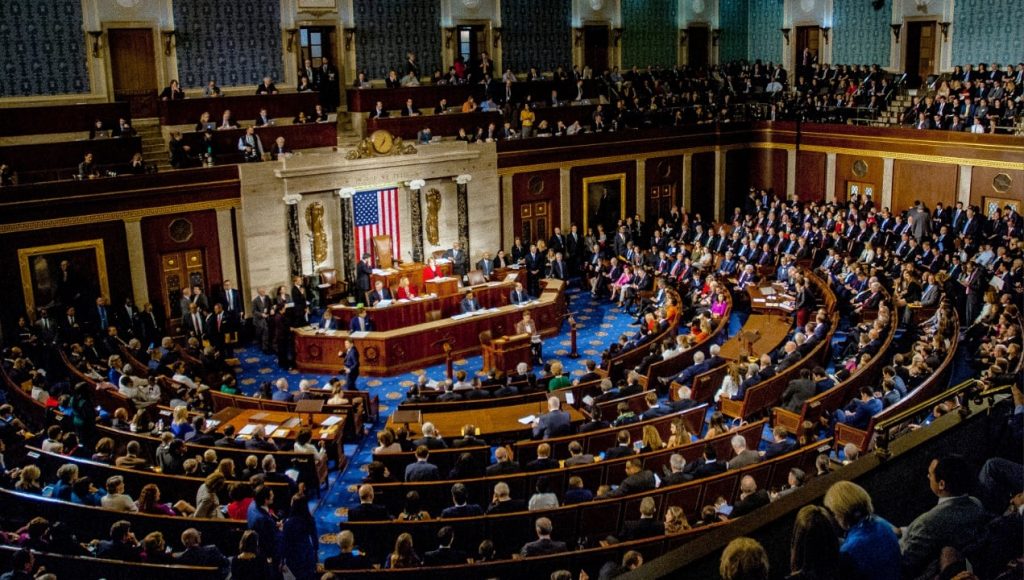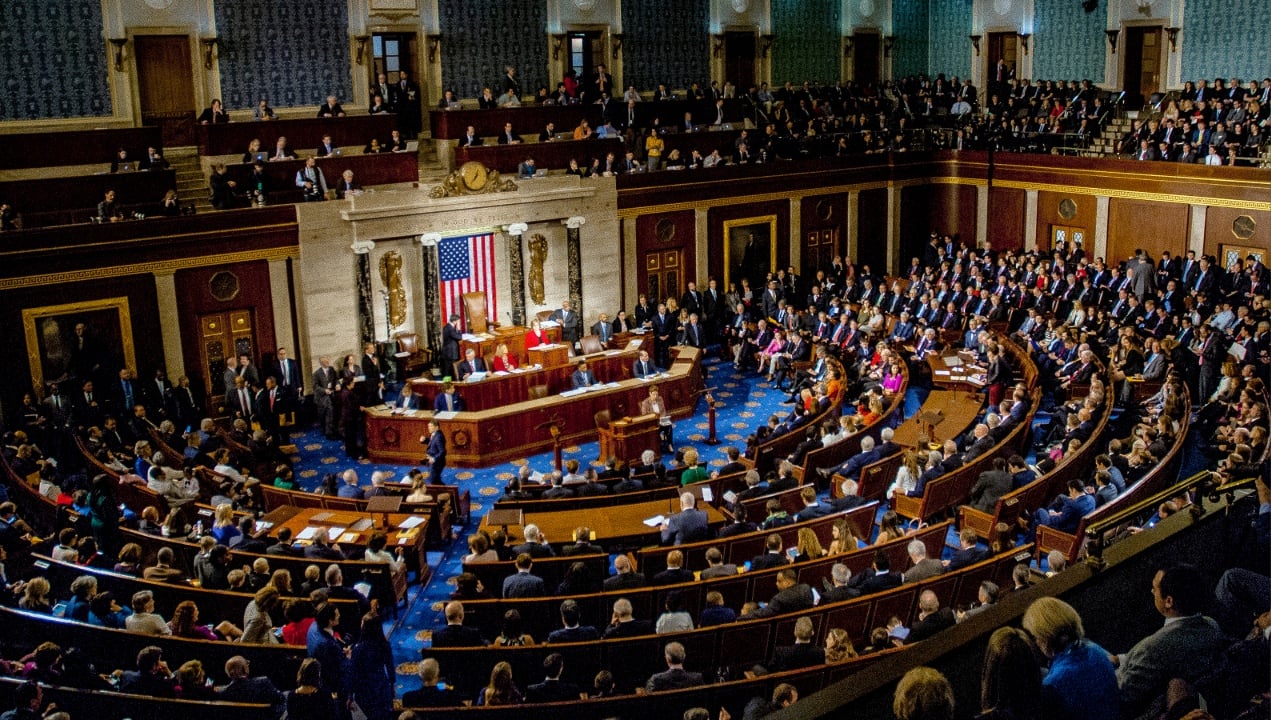
The GENIUS Act and the Evolving Landscape of Digital Assets
The cryptocurrency market has long been characterized by its volatility and rapid innovation, often operating in a regulatory gray area. However, recent legislative and market developments suggest a significant shift toward maturity and stability. The passage of the Guiding and Establishing National Innovation for U.S. Stablecoins (GENIUS) Act, coupled with Ethereum’s impressive surge against Bitcoin and XRP’s resurgence, signals a potential new era for digital assets. These events collectively indicate a move toward greater regulatory clarity, market diversification, and institutional adoption.
The GENIUS Act: A Framework for Stablecoin Regulation
The GENIUS Act represents a landmark moment in the regulation of digital assets, particularly stablecoins. Stablecoins, which are pegged to stable assets like the U.S. dollar, have become integral to the crypto ecosystem, facilitating transactions, trading, and lending. The GENIUS Act aims to address the growing importance of stablecoins by establishing a clear regulatory framework.
Key Provisions and Objectives
The GENIUS Act is designed to achieve several critical objectives:
– Consumer Protection: The Act mandates strict reserve requirements for stablecoin issuers, ensuring that these digital assets are fully backed by the assets they claim to represent. This provision reduces the risk of collapses due to insufficient reserves, thereby protecting consumers from potential financial losses.
– Regulatory Clarity: By creating a federal framework, the Act provides much-needed clarity for businesses operating in the stablecoin space. This clarity encourages innovation and investment by reducing regulatory uncertainty.
– National Innovation: The Act fosters innovation within the stablecoin sector by providing a clear regulatory pathway. This encourages responsible development and adoption of stablecoin technology, potentially unlocking new use cases and applications.
– Combating Illicit Finance: The legislation includes provisions to prevent the use of stablecoins for money laundering and other illicit activities. This involves implementing robust Know Your Customer (KYC) and Anti-Money Laundering (AML) procedures, ensuring that stablecoins are used in a transparent and legal manner.
The passage of the GENIUS Act has been met with widespread approval from industry leaders and experts, who believe it will legitimize the stablecoin market and unlock its full potential. By providing a clear regulatory framework, the Act is expected to foster greater trust and confidence in stablecoins, paving the way for broader adoption and integration into the traditional financial system.
Ethereum’s Rise: Challenging Bitcoin’s Dominance
While the GENIUS Act sets the stage for regulatory clarity, another significant trend is emerging in the cryptocurrency market: Ethereum’s remarkable surge against Bitcoin. The ETH/BTC pair has seen an increase of over 50%, fueling speculation about a potential shift in market dominance.
Factors Driving Ethereum’s Growth
Several factors contribute to Ethereum’s recent outperformance:
– The Rise of DeFi: Ethereum remains the leading platform for decentralized finance (DeFi) applications. DeFi encompasses lending, borrowing, and trading services conducted in a decentralized and transparent manner. The growth of DeFi has driven increased demand for ETH, as it is the primary currency used to interact with DeFi protocols.
– NFT Boom: Ethereum is also the dominant platform for non-fungible tokens (NFTs), unique digital assets that represent ownership of items such as art, collectibles, and virtual real estate. The NFT boom has further boosted demand for ETH, as it is the primary currency used to purchase and trade NFTs.
– Anticipation of Technological Upgrades: The upcoming Ethereum 2.0 upgrade promises to improve scalability, security, and energy efficiency. This upgrade has generated significant excitement and investor interest, as it is expected to address some of the key limitations of the current Ethereum network.
– Institutional Adoption: Increasing institutional interest in Ethereum, as evidenced by the growth of Ether treasuries and investment products, has also contributed to its price appreciation. Institutional investors are increasingly recognizing the potential of Ethereum and its role in the broader crypto ecosystem.
While Bitcoin remains the largest cryptocurrency by market capitalization, Ethereum’s recent gains suggest that it is becoming an increasingly important player in the digital asset space. Some analysts predict that Ethereum could eventually surpass Bitcoin in market cap, a phenomenon known as “the flippening.” This potential shift in market dominance highlights the evolving nature of the cryptocurrency market and the growing importance of Ethereum’s unique features and use cases.
XRP’s Resurgence: A Comeback Story
Adding another layer of complexity to the crypto narrative is XRP’s recent resurgence. After facing legal challenges and regulatory scrutiny, XRP briefly reclaimed its all-time high of $3.40, demonstrating resilience and renewed investor confidence.
Factors Contributing to XRP’s Recovery
Several factors have contributed to XRP’s recovery:
– Legal Developments: Positive developments in Ripple’s ongoing legal battle with the Securities and Exchange Commission (SEC) have boosted investor sentiment. As the legal uncertainty surrounding XRP diminishes, investors are increasingly confident in its long-term prospects.
– Expansion of RippleNet: Ripple continues to expand its RippleNet network, which facilitates cross-border payments for financial institutions. Increased adoption of RippleNet has strengthened XRP’s utility and value proposition, as it is used to facilitate transactions on the network.
– Global Partnerships: Ripple has forged partnerships with numerous financial institutions and payment providers around the world, expanding its reach and influence. These partnerships have helped to increase the adoption and use of XRP, further boosting its value.
XRP’s resurgence highlights the potential for even established cryptocurrencies to overcome challenges and regain market share. The recovery of XRP demonstrates the resilience of the cryptocurrency market and the ability of digital assets to bounce back from adversity.
Beyond the Headlines: The Broader Implications
The GENIUS Act, Ethereum’s surge, and XRP’s recovery are not isolated events. They are part of a broader trend toward greater maturity, regulation, and diversification in the cryptocurrency market.
Impact on the Financial Landscape
These developments have several important implications for the broader financial landscape:
– Increased Institutional Adoption: The GENIUS Act and other regulatory initiatives are paving the way for increased institutional adoption of cryptocurrencies. As the regulatory environment becomes clearer, institutional investors are more likely to allocate capital to digital assets, potentially driving further growth and innovation in the crypto market.
– Innovation in Financial Services: Stablecoins and other crypto technologies have the potential to revolutionize financial services, making them more efficient, accessible, and transparent. The GENIUS Act, in particular, could unlock new use cases for stablecoins, such as cross-border payments, remittances, and decentralized finance.
– Greater Financial Inclusion: Cryptocurrencies can provide access to financial services for individuals who are unbanked or underbanked, promoting greater financial inclusion. By enabling peer-to-peer transactions and reducing the need for intermediaries, cryptocurrencies can help to bridge the gap between the banked and the unbanked.
– Challenges to Traditional Finance: The growth of cryptocurrencies poses a challenge to traditional financial institutions, forcing them to adapt and innovate to remain competitive. As cryptocurrencies gain traction, traditional financial institutions may need to integrate digital assets into their offerings or risk being left behind.
A Cautiously Optimistic Future
The cryptocurrency market is still relatively young and volatile, and significant challenges remain. However, the passage of the GENIUS Act, Ethereum’s surge, and XRP’s recovery suggest that the industry is maturing and moving toward a more sustainable future.
Navigating the Road Ahead
To ensure the long-term success of the cryptocurrency industry, several key steps are necessary:
– Continued Regulatory Clarity: Regulators must continue to work collaboratively with industry stakeholders to develop clear and consistent regulations that promote innovation and protect consumers. The GENIUS Act is a step in the right direction, but further regulatory clarity is needed to address the diverse range of digital assets and use cases.
– Enhanced Security: Security remains a major concern in the cryptocurrency market. Industry participants must prioritize security measures to prevent hacks, fraud, and other malicious activities. As the crypto market grows, the potential for security breaches and cyberattacks also increases, making security a top priority for the industry.
– Greater Education and Awareness: It is essential to educate the public about the risks and opportunities associated with cryptocurrencies. Increased education and awareness can help to prevent scams and promote responsible adoption. By providing clear and accurate information, the industry can foster greater trust and confidence in digital assets.
A Transformative Era
The confluence of regulatory advancements, technological innovation, and market dynamics suggests that we are entering a transformative era for digital assets. The GENIUS Act provides a foundation for stablecoin regulation, Ethereum challenges Bitcoin’s dominance, and XRP stages a remarkable comeback. These developments signal a future where cryptocurrencies play an increasingly important role in the global financial system. As the industry matures and overcomes its remaining challenges, the potential for digital assets to revolutionize finance and empower individuals around the world is immense. The path forward is not without obstacles, but the recent developments in the crypto market suggest that the industry is on the cusp of a new era of growth, innovation, and mainstream adoption.





